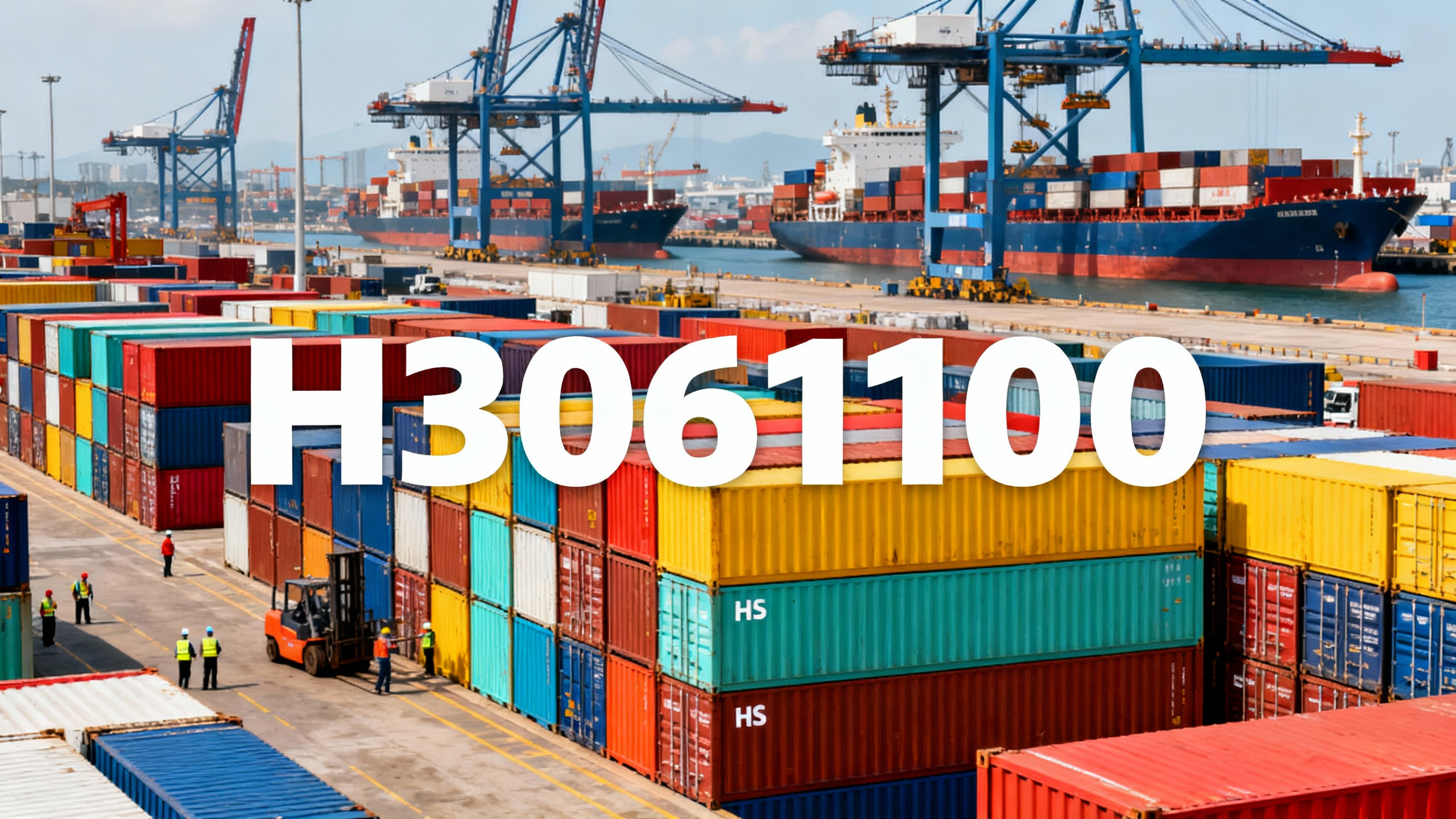For importers and exporters navigating the complex world of international trade, understanding the HTS code is paramount. The Harmonized Tariff Schedule (HTS) code is a standardized numerical system used worldwide to classify goods during import and export. Grasping how to effectively master the HTS code can streamline customs processes, reduce errors, and ensure compliance with regulatory agencies.
In this essential guide, we’ll explore the intricacies of the HTS code, its importance, and how businesses can leverage classification tools such as Classifast.com to gain accuracy and efficiency.
What is the HTS Code and Why is It Important?
The HTS code is a global system developed by the World Customs Organization to classify traded products. It is used by countries, including the United States, to assess tariffs, collect statistics, and enforce trade policies.
Each HTS code consists of 10 digits in the U.S. system:
- The first six digits represent the international Harmonized System (HS) classification.
- The remaining four digits provide further detailed classification for U.S.-specific tariffs and regulations.
Correctly assigning the HTS code to a product is critical because:
- It determines the applicable duty rates and taxes.
- It ensures compliance with trade regulations and helps avoid costly penalties.
- It facilitates clear communication between importers, exporters, customs brokers, and authorities.
- It allows companies to benchmark trade data and monitor market trends.
For these reasons, mastering the HTS code system is an essential skill for any business involved in cross-border commerce.
How to Read and Interpret HTS Codes
Decoding HTS codes involves understanding their hierarchical structure. The process typically starts from general to specific categories:
1. Chapter (First 2 Digits)
The HTS code begins with a two-digit chapter number that groups goods into broad sections. For example, Chapter 84 covers “Nuclear Reactors, Boilers, Machinery and Mechanical Appliances.”
2. Heading (Next 2 Digits)
The next two digits further categorize the product within the chapter. For instance, 8407 refers to “Spark-Ignition Internal Combustion Piston Engines.”
3. Subheading (Next 2 Digits)
The sixth and seventh digits narrow down the product type more specifically—e.g., 8407.21 identifies “Spark-ignition reciprocating or rotary internal combustion piston engines of a cylinder capacity not exceeding 50 cc.”
4. U.S.-Specific Detail (Final 4 Digits)
These digits break down the commodity even further for tariff and regulatory purposes in the U.S.
Understanding this layered breakdown helps importers and exporters classify products accurately. However, due to the subtleties and frequent updates, manual lookup can be time-consuming and prone to human error.

Leveraging Classification Tools: Why Classifast.com is a Game Changer
To master the HTS code efficiently, many businesses turn to automated classification services like Classifast.com. This platform offers instant classifier and category search for various international classification standards including UNSPSC, NAICS, ISIC, ETIM, HS, and of course HTS codes.
Benefits of Using Classifast.com
- Fast and Accurate Classification: Classifast processes your product descriptions or text input instantly, providing accurate HTS codes and other classifications with minimal effort.
- International Standardization: Whether dealing with HTS or international equivalents, the tool supports multiple global standards ensuring comprehensive coverage.
- Error Reduction: Automation reduces misclassification risks which can lead to customs delays or penalties.
- User-Friendly Interface: Even those new to tariff classification can quickly find applicable codes without specialist knowledge.
- Data Consistency: Ensures uniform classification across departments and trading partners.
Using a trusted resource like Classifast.com empowers importers and exporters to maintain compliance and accelerate their customs clearance processes.
Common Challenges When Working with HTS Codes
Despite the utility of the HTS system, importers and exporters often face hurdles such as:
- Complex Product Descriptions: Some products fit multiple codes and require interpretation.
- Changing Regulations: HTS codes and duty rates are updated annually; staying current is key.
- Country-Specific Variations: While six digits are harmonized globally, the additional digits differ by country.
- Misclassification Risks: Incorrect HTS classification can lead to underpayment of duties, legal penalties, or shipment delays.
Given these challenges, continuous education and reliable classification tools are indispensable.
Step-by-Step Process to Properly Assign HTS Codes
To master HTS code classification, follow these best practices:
- Identify the Product Clearly: Gather all technical specifications, composition, and intended use.
- Consult the HTS Book or Online Database: Access the official HTS schedule for your country, often available online through customs websites.
- Break Down the Product into Components: If it’s a composite product, classify each part separately if necessary.
- Use Classification Software or Services: Leverage platforms like Classifast.com for efficient, automated classification.
- Validate the Classification: Cross-reference with customs rulings or seek professional advice for ambiguous cases.
- Stay Updated: Monitor tariff schedule updates and regulatory changes annually.
- Document Your Decisions: Keep detailed records to support your classification choices during audits.
Frequently Asked Questions About HTS Codes
1. What is the difference between an HTS code and an HS code?
The HS code is the international six-digit classification standard agreed by the World Customs Organization. The HTS code builds upon the HS code with additional digits (U.S. uses 10 digits) for more detailed national classification and tariff purposes.
2. How can I find the correct HTS code for my product?
You can find the correct HTS code by reviewing the official tariff schedule, using classification tools such as Classifast.com, or consulting a customs broker or trade compliance expert.
3. Why is accurate HTS code classification critical for exporters?
Accurate classification ensures compliance with customs regulations, prevents shipment delays, avoids legal penalties, and determines the precise tariffs and duties payable, facilitating smooth international trade.
Further Resources
For detailed official HTS schedules, the U.S. International Trade Commission provides the full Harmonized Tariff Schedule online (source: https://hts.usitc.gov/). Using official sources alongside automated tools helps maintain accuracy.
Conclusion: Take Control of Your Trade Compliance with HTS Codes
Mastering the HTS code is no longer just a regulatory necessity—it’s a strategic advantage for importers and exporters. Clear understanding and accurate classification of goods ensure smoother customs clearance, cost savings, and avoid compliance pitfalls.
Tools like Classifast.com make this process accessible and reliable by offering instant, precise product classification spanning global standards. Whether you are a seasoned trader or new to international shipping, investing time in mastering HTS codes and utilizing innovative classifiers can transform your trade operations.
Don’t let HTS code confusion slow your business down. Explore Classifast.com today, and gain the confidence to classify your products with precision and ease—because smarter classification means smarter trading.















